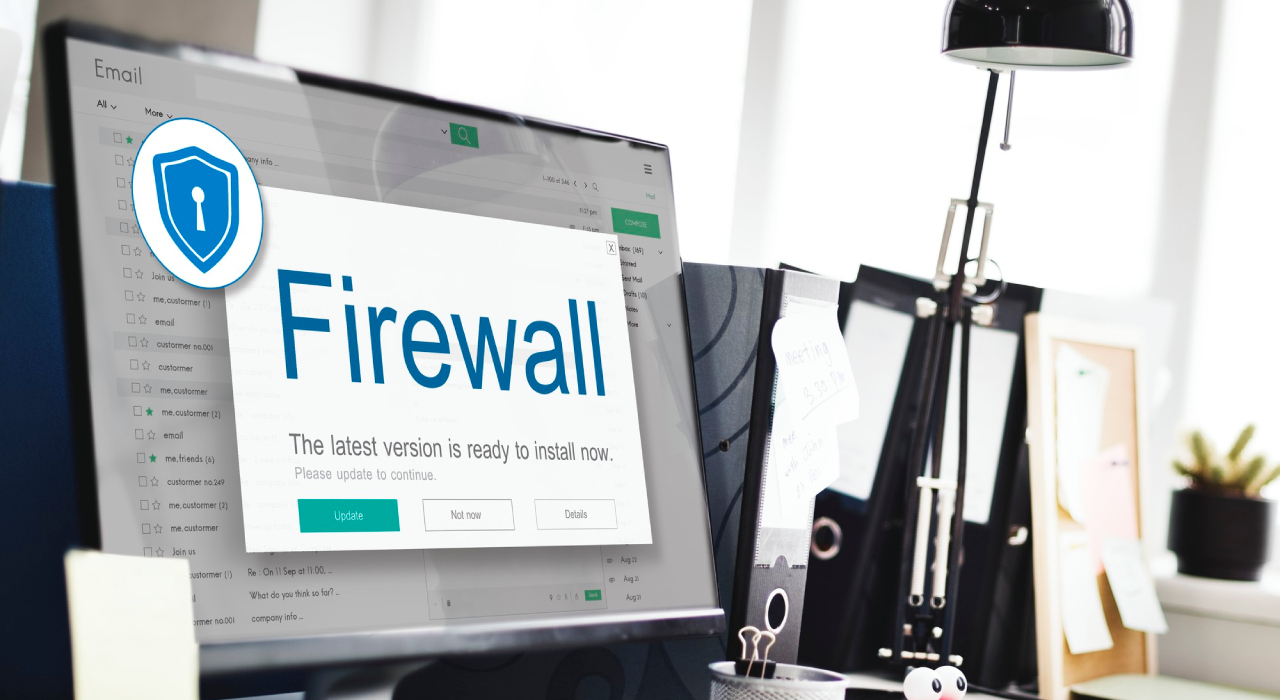
How to Keep Your Website Safe in 2025
In today’s digital world, website security is more important than ever. Cyber threats are evolving, making Protecting Your Website in 2025 a top priority. Hackers constantly find new ways to exploit vulnerabilities, putting sensitive data at risk. Therefore, businesses must implement Website Security Best Practices to safeguard user information and maintain trust.
By taking proactive steps, website owners can prevent cyberattacks and ensure smooth operations. From strong authentication methods to regular security audits, securing your website requires a comprehensive approach. Let’s explore the most effective Website Security Best Practices to keep your site safe in 2025.
Why Following Website Security Best Practices Matters
Website security significantly affects both businesses and users. In fact, a single data breach can quickly lead to financial losses, reputational damage, and even legal consequences. Moreover, as hackers become more sophisticated, websites must consistently adopt the latest Website Security Best Practices to effectively minimize risks. Therefore, staying proactive with security measures is crucial for long-term protection.
Additionally, search engines increasingly prioritize secure websites, which, in turn, improves their rankings in search results. As a result, Protecting Your Website in 2025 not only helps prevent cyber threats but also enhances overall visibility. Furthermore, implementing strong security measures ensures customer trust, ultimately leading to better engagement and significantly higher conversions.
How to Use Strong Authentication Methods for Website Security Best Practices
One of the most effective Website Security Best Practices is enforcing strong authentication protocols. Moreover, weak passwords make it significantly easier for hackers to gain unauthorized access. Therefore, implementing multi-factor authentication (MFA) adds an extra layer of security. Additionally, businesses should encourage users to create complex passwords and update them regularly. Furthermore, password management tools help store and generate secure credentials, reducing security risks. To enhance security, businesses should implement:
Multi-Factor Authentication (MFA) – Adds an extra layer of protection by requiring multiple verification steps.
Biometric Authentication – Uses fingerprints or facial recognition for enhanced security.
Secure Password Policies – Enforces complex passwords and periodic updates to prevent breaches.
By strengthening authentication, Protecting Your Website in 2025 becomes more effective and prevents unauthorized logins.
Keep Software and Plugins Updated for Website Security Best Practices
Outdated software is one of the biggest security risks for websites. Consequently, hackers exploit vulnerabilities in older versions of content management systems (CMS), plugins, and themes. Therefore, businesses must regularly update their software to close security gaps. Moreover, enabling automatic updates ensures that the latest security patches are applied without delay. Additionally, conducting routine security audits helps identify outdated components that require immediate attention. Following Website Security Best Practices means keeping everything updated to prevent potential cyber threats.
To enhance protection, website owners should:
Enable automatic updates for their CMS and plugins.
Regularly check for security patches and apply them promptly.
Remove unused plugins to reduce potential vulnerabilities.
By staying updated, Protecting Your Website in 2025 becomes easier and minimizes security risks.
Enable HTTPS and Secure Hosting for Protecting Your Website in 2025
A secure website always starts with HTTPS encryption. In fact, websites without HTTPS are highly vulnerable to data interception, ultimately making users’ sensitive information exposed to cyber threats. That’s why, as security risks continue to evolve, Website Security Best Practices strongly emphasize the importance of SSL certificates. Moreover, securing your website with HTTPS not only protects user data but also boosts credibility and search engine rankings.
Key steps to secure your website:
Install an SSL certificate to encrypt data transfers.
Choose a reliable hosting provider that offers strong security measures.
Regularly monitor for HTTPS errors to ensure data protection.
By securing your website’s connection, Protecting Your Website in 2025 enhances trust and protects user data.
Perform Regular Security Audits and Backups to Protect Your Website in 2025
Consistent security audits help identify vulnerabilities before hackers exploit them. As part of Website Security Best Practices, businesses should conduct regular assessments and create backups.
Important measures include:
Running vulnerability scans to detect security flaws.
Performing penetration testing to evaluate website defenses.
Scheduling automatic backups to prevent data loss.
A proactive approach to Protecting Your Website in 2025 ensures quick recovery from cyberattacks and minimizes downtime.
Defend Against DDoS and Malware Attacks
DDoS (Distributed Denial-of-Service) and malware attacks are increasingly common threats that can easily cripple websites. Therefore, businesses must take proactive steps to strengthen Website Security Best Practices. In addition, deploying effective defenses, such as firewalls and traffic monitoring tools, helps prevent unauthorized access. Furthermore, regular security audits and timely software updates play a crucial role in minimizing vulnerabilities.
Some key strategies include:
Using firewalls to block malicious traffic.
Installing anti-malware software to detect harmful files.
Setting up content delivery networks (CDN) to mitigate DDoS attacks.
With these safeguards, Protecting Your Website in 2025 becomes more effective, ensuring uninterrupted service.
Secure User Data and Privacy
User data is a prime target for cybercriminals. Businesses must prioritize Website Security Best Practices to protect customer information and comply with data protection laws.
To enhance security:
Encrypt sensitive user data to prevent breaches.
Follow GDPR and CCPA regulations to ensure compliance.
Limit access to user data based on roles and responsibilities.
By safeguarding personal data, Protecting Your Website in 2025 builds user trust and prevents legal issues.
Educate Your Team About Cybersecurity
Human error remains a significant security risk. In many cases, cyberattacks succeed due to phishing scams or weak security practices. Therefore, businesses must prioritize cybersecurity awareness to reduce vulnerabilities. Moreover, Website Security Best Practices should include regular employee training sessions. Additionally, implementing multi-factor authentication and strict access controls further enhances website protection.
Effective training methods:
Conduct cybersecurity awareness workshops regularly.
Teach employees to identify phishing emails and social engineering attacks.
Enforce secure login practices and strong password policies.
By educating staff, Protecting Your Website in 2025 becomes a shared responsibility and reduces the risk of cyber incidents
Choosing a Security-First Web Development Partner
For businesses that lack in-house expertise, partnering with a security-first web development company is absolutely essential. Moreover, a reliable partner not only follows Website Security Best Practices but also integrates security into every project phase. Additionally, they conduct regular security audits to identify vulnerabilities before they become major threats. Furthermore, implementing proactive measures ensures long-term website protection and minimizes potential risks.
When choosing a web development partner, consider:
Their experience in cybersecurity-focused development.
The security tools and protocols they implement.
Client reviews highlighting their commitment to Protecting Your Website in 2025.
Investing in professional security services ensures a strong defense against cyber threats.
Conclusion
In 2025, cybersecurity threats will continue evolving, making website protection a top priority. By implementing Website Security Best Practices, businesses can prevent attacks and safeguard user data.
From strong authentication methods to regular audits, every security measure plays a vital role. Prioritizing Protecting Your Website in 2025 not only ensures safety but also strengthens online reputation and customer trust.
Take action today to secure your website and stay ahead of potential threats.




